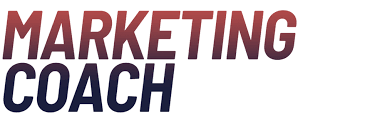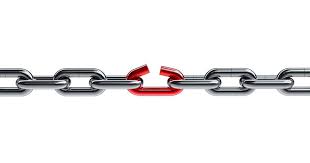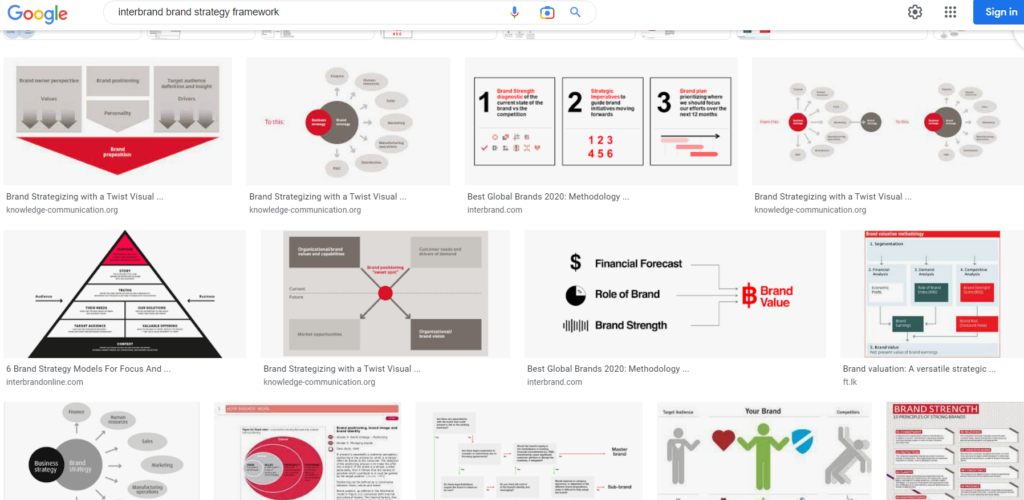Marketing Coach?
I often speak about “pent up demand” and how important it is to brand and marketing strategy. If people are clamoring for your product or service you only have to position it and promote it. But if people don’t know they need your product or service — perhaps it’s a new category, or a complicated value proposition — then you first need to educate them. Only then can you sell them. It’s a two-step approach and much more expensive.
What’s The Idea? was initially positioned as a band consultancy. Then it was repositioned as a brand strategy firm. The latter position making it clearer I didn’t design logos or websites or collateral. I do strategy. Everybody knows what strategy is. But brand strategy? Even brand strategists have a hard time explaining it.
My problem is brand strategy is not easily explained on the back of a business card. Nor is it something people wake up in the morning thinking about. It doesn’t directly solve a common problem. But do you know the problem it does solve? A problem that most marketers have (pent up demand)? Poorly performing marketing.
I’m giving serious conside-ration to another reposition: marketing coach. Everyone knows what marketing is. Everyone knows what a coach does. Two words, no ambiguity.
And guess what my key tool will be as a marketing coach: uh huh, brand strategy. AKA “an organizing principle for product, experience and messaging.”
Peace.





